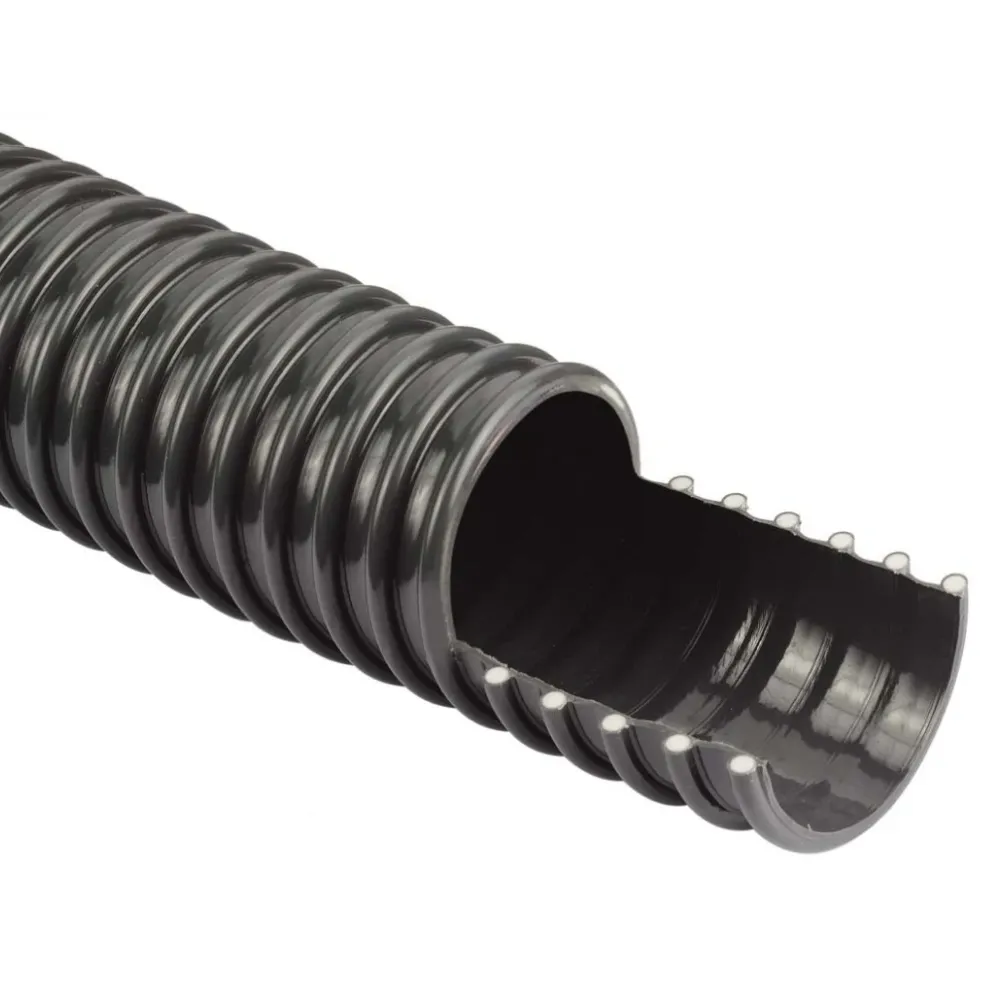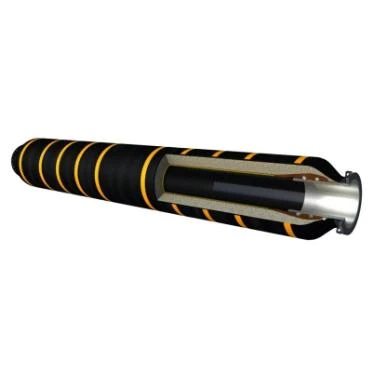
- Afrikaans
- Albanian
- Amharic
- Arabic
- Armenian
- Azerbaijani
- Basque
- Belarusian
- Bengali
- Bosnian
- Bulgarian
- Catalan
- Cebuano
- Corsican
- Croatian
- Czech
- Danish
- Dutch
- English
- Esperanto
- Estonian
- Finnish
- French
- Frisian
- Galician
- Georgian
- German
- Greek
- Gujarati
- haitian_creole
- hausa
- hawaiian
- Hebrew
- Hindi
- Miao
- Hungarian
- Icelandic
- igbo
- Indonesian
- irish
- Italian
- Japanese
- Javanese
- Kannada
- kazakh
- Khmer
- Rwandese
- Korean
- Kurdish
- Kyrgyz
- Lao
- Latin
- Latvian
- Lithuanian
- Luxembourgish
- Macedonian
- Malgashi
- Malay
- Malayalam
- Maltese
- Maori
- Marathi
- Mongolian
- Myanmar
- Nepali
- Norwegian
- Norwegian
- Occitan
- Pashto
- Persian
- Polish
- Portuguese
- Punjabi
- Romanian
- Russian
- Samoan
- scottish-gaelic
- Serbian
- Sesotho
- Shona
- Sindhi
- Sinhala
- Slovak
- Slovenian
- Somali
- Spanish
- Sundanese
- Swahili
- Swedish
- Tagalog
- Tajik
- Tamil
- Tatar
- Telugu
- Thai
- Turkish
- Turkmen
- Ukrainian
- Urdu
- Uighur
- Uzbek
- Vietnamese
- Welsh
- Bantu
- Yiddish
- Yoruba
- Zulu

មេសា . 27, 2025 03:32 Back to list
High-Pressure Pneumatic Hose - Durable & Flexible Air Hose Solutions
- Understanding the Basics of Pneumatic Hose Systems
- Technical Advantages Driving Industrial Adoption
- Performance Comparison of Leading Manufacturers
- Custom Solutions for Specialized Applications
- Case Study: High-Pressure Pneumatic Hose in Automotive Manufacturing
- Maintenance Best Practices for Longevity
- Future Trends in Pneumatic Hose Technology

(pneumatic hose)
Understanding the Basics of Pneumatic Hose Systems
Pneumatic hoses serve as critical components in compressed air systems, transferring energy from air compressors to tools and machinery. These flexible conduits are engineered to withstand pressures up to 300 PSI in standard applications, with high-pressure variants supporting over 1,500 PSI. Modern pneumatic air hose designs incorporate abrasion-resistant thermoplastics like polyurethane, achieving a 40% longer service life compared to traditional rubber hoses. The global market for pneumatic components is projected to grow at 6.2% CAGR through 2030, driven by automation demands in manufacturing and construction sectors.
Technical Advantages Driving Industrial Adoption
Advanced pneumatic hose
manufacturers now integrate multi-layer reinforcement using aramid fibers, reducing weight by 25% while maintaining burst pressures exceeding 4,000 PSI. Key technical differentiators include:
- Temperature resistance from -40°F to 212°F
- Oil-resistant inner liners meeting ISO 18752 standards
- Anti-static formulations for explosive environments
Field tests demonstrate that properly specified pneumatic hoses reduce energy losses by 18-22% compared to undersized alternatives, directly impacting operational costs.
Performance Comparison of Leading Manufacturers
| Manufacturer | Max Pressure (PSI) | Burst Pressure (PSI) | Temperature Range | Certifications |
|---|---|---|---|---|
| Alpha Pneumatics | 1,800 | 7,200 | -58°F to 257°F | FDA, ATEX |
| Beta Air Systems | 2,500 | 9,800 | -40°F to 185°F | ISO 14001 |
| Gamma Industrial | 3,000 | 12,000 | -67°F to 302°F | UL, REACH |
Custom Solutions for Specialized Applications
Specialized pneumatic hose configurations now address niche requirements:
- Conductive hoses with <1 MΩ/m resistance for pharmaceutical cleanrooms
- FDA-compliant blue striping for food processing lines
- Helically wrapped stainless steel variants for robotic assembly
Custom-engineered solutions account for 34% of premium pneumatic hose sales, particularly in semiconductor fabrication and offshore drilling applications.
Case Study: High-Pressure Pneumatic Hose in Automotive Manufacturing
A Tier 1 automotive supplier achieved 23% productivity gains after implementing 5,000 PSI-rated pneumatic hoses in their stamping presses. The upgrade reduced downtime from 14 hours/month to 2.5 hours/month, translating to $412,000 annual savings in maintenance and lost production costs.
Maintenance Best Practices for Longevity
Proper care extends pneumatic air hose service life by 60-70%:
- Inspect for micro-cracks quarterly using UV light detection
- Clean inner surfaces with alcohol-based solutions biannually
- Store coiled hoses at 70°F ±15°F with <60% humidity
Future Trends in Pneumatic Hose Technology
Emerging pneumatic hose innovations focus on smart monitoring systems with embedded pressure sensors and IoT connectivity. Prototype models from leading manufacturers now feature real-time wear detection, predicting failure points with 89% accuracy. These advancements position pneumatic hoses as integral components in Industry 4.0 infrastructure, particularly for high-pressure pneumatic hose networks requiring predictive maintenance capabilities.

(pneumatic hose)
FAQS on pneumatic hose
Q: What is a pneumatic air hose used for?
A: A pneumatic air hose transfers compressed air or gases in industrial and mechanical systems. It powers tools like drills, grinders, and sprayers. Its flexibility and durability make it ideal for high-pressure applications.
Q: How to choose reliable pneumatic hose manufacturers?
A: Look for manufacturers with certifications like ISO or SAE. Check their experience in producing industrial-grade hoses. Read customer reviews to ensure quality and after-sales support.
Q: What distinguishes a high-pressure pneumatic hose from standard hoses?
A: High-pressure pneumatic hoses have reinforced layers for extreme pressure resistance. They use materials like thermoplastics or steel wire braiding. These hoses are designed for heavy-duty applications like mining or construction.
Q: What materials are commonly used in pneumatic hoses?
A: Common materials include rubber, polyurethane, and PVC. Rubber offers flexibility and heat resistance, while polyurethane is lightweight and abrasion-resistant. Material choice depends on pressure requirements and environmental conditions.
Q: How to maintain a pneumatic hose for longevity?
A: Regularly inspect for cracks, leaks, or wear. Avoid kinking or exposing it to extreme temperatures. Store coiled in a dry area when not in use to prevent damage.
Latest News
Steel Wire Reinforced Hydraulic Hose SAE 100 R1 / EN853 1SN S
NewsOct.17,2024
Two Layers Steel Wire Reinforced Hydraulic Hose SAE 100 R2 / EN853 2SN
NewsSep.03,2024
Textile Braid Reinforced Hydraulic Hose SAE100 R3+R6
NewsSep.03,2024
Textile Reinforced Hydraulic oil Suction Hose with embedded Steel Wire SAE 100 R4
NewsSep.03,2024
Single Wire Braid and Textile Covered Hydraulic Hose SAE 100 R5
NewsSep.03,2024
High Pressure Thermoplastic Hydraulic Hose SAE 100 R7 / EN855 R7 - SAE 100 R8 / EN855 R8
NewsSep.03,2024
Heavy Duty Four-layer Steel Wire Spiral Reinforced Hydraulic Hose SAE100R9+R10+R12
NewsSep.03,2024
Heavy Duty Multi-layer Steel Wire Reinforced Hydraulic Hose SAE100R13 SAE100R15
NewsSep.03,2024
Latest Products










